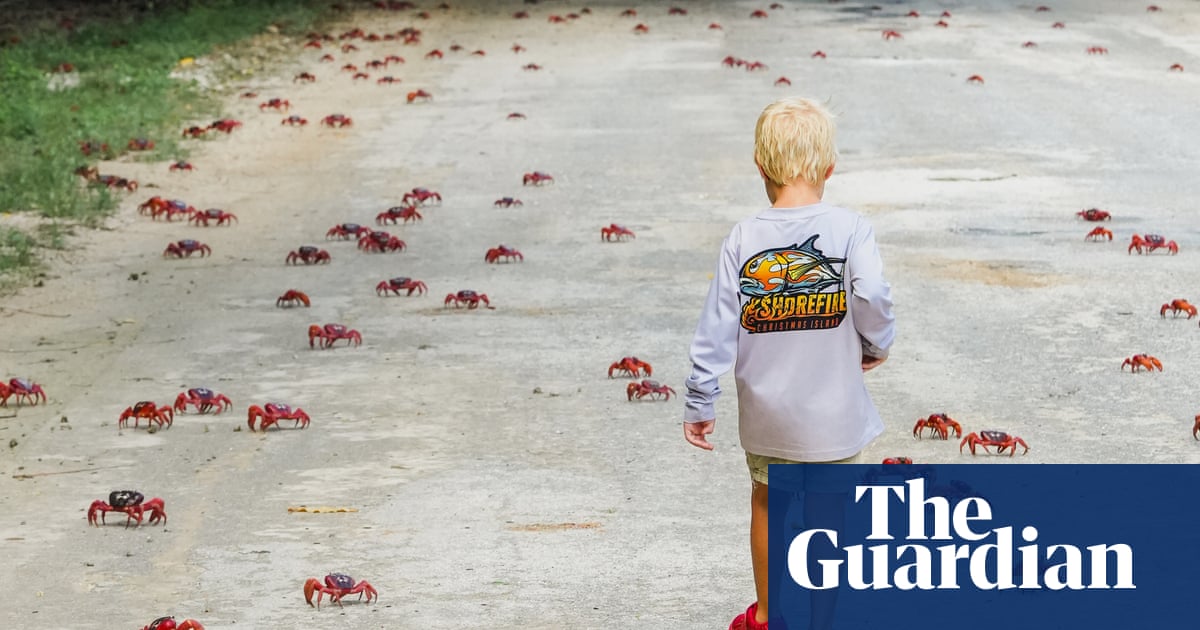
"More than 100 million red crabs making their annual trek from Christmas Island's rainforest to the coast are creating a migration spectacle that occupies countless bucket lists. Their dominance of the landscape is an eye-catching phenomenon loved by tourists and treasured by residents. For the island's conservationists, it's a reassuring sight. The annual migration creates plenty of work for park rangers, who use rakes to keep them clear of the busiest roads."
"Malaysian micro-wasps were brought in by scientists in 2016 to target a preferred food source of the ants. They've helped manage the pests, which are highly territorial and spray formic acid on passing crabs, dehydrating and eventually killing them. Tiernan said the tiny winged bio-control agents had done a fantastic job in suppressing the lac scale insect, the symbiotic pest species that produces the honeydew substance eaten by the ants."
"Before the wasp's introduction, it was estimated roughly two-thirds of the crab population was decimated throughout the early 2000s into the mid-2010s. Fast-forward to 2025 and red crab numbers could be breaching the 180 million mark - a phenomenal recovery in just 10 years, Tiernan said. Bumper years for returning baby crabs have further helped boost numbers. It's not clear why so many crabs returned in those years however, with eggs at the mercy of currents and"
More than 100 million red crabs migrate from Christmas Island's rainforest to the coast, creating a major spectacle and generating work for park rangers who clear roads with rakes. Yellow ants threatened the crabs by spraying formic acid and decimating populations, with roughly two-thirds lost by the mid-2010s. Malaysian micro-wasps were introduced in 2016 to target lac scale insects that produce honeydew eaten by ants. The wasps suppressed lac scale and helped reduce ant impacts, enabling a strong recovery toward 180 million crabs by 2025. Ant colonies still exploit other food sources, so management remains ongoing.
Read at www.theguardian.com
Unable to calculate read time
Collection
[
|
...
]